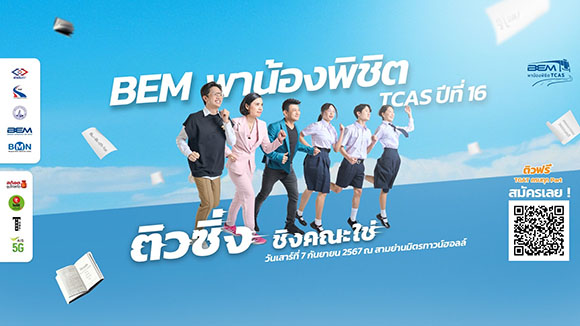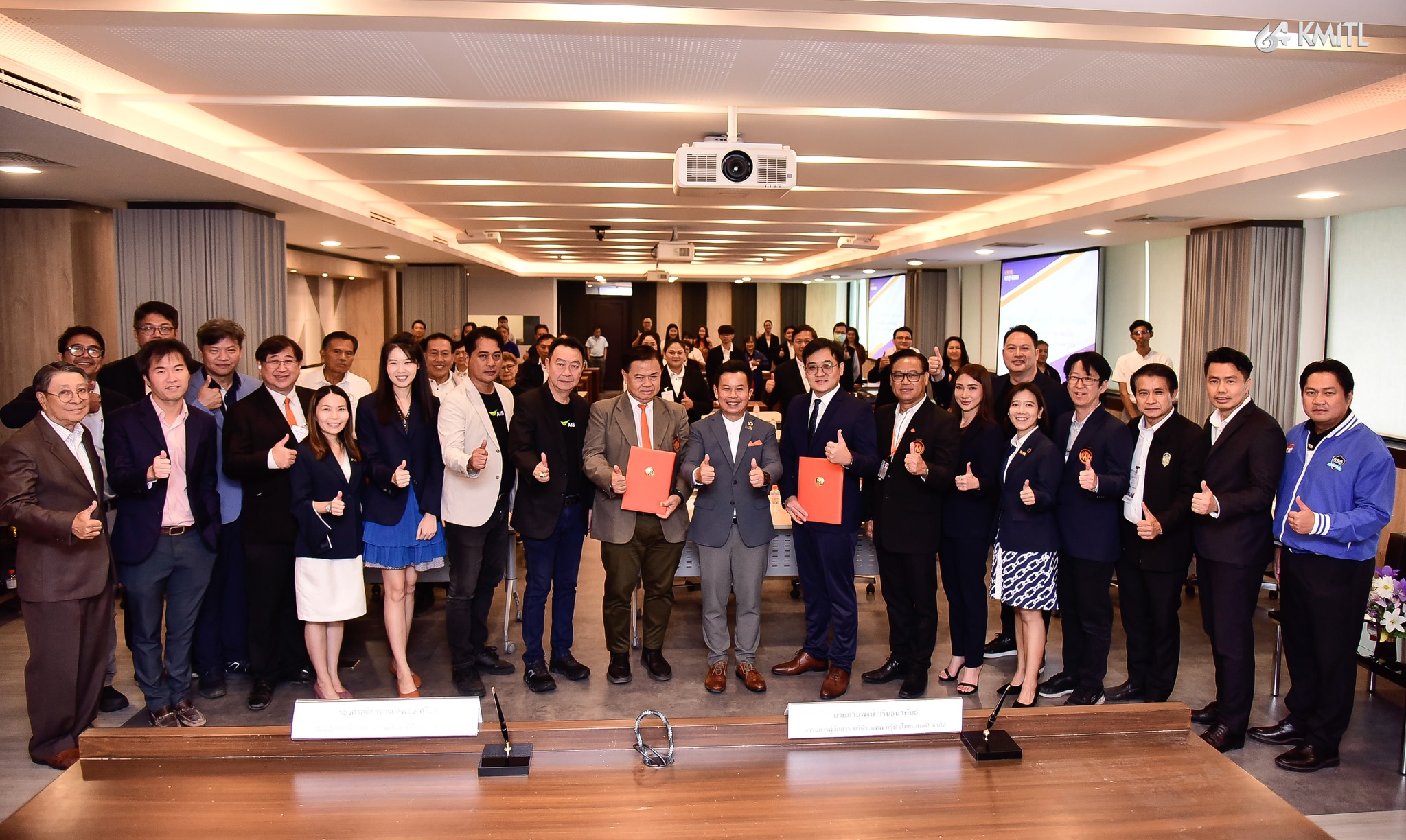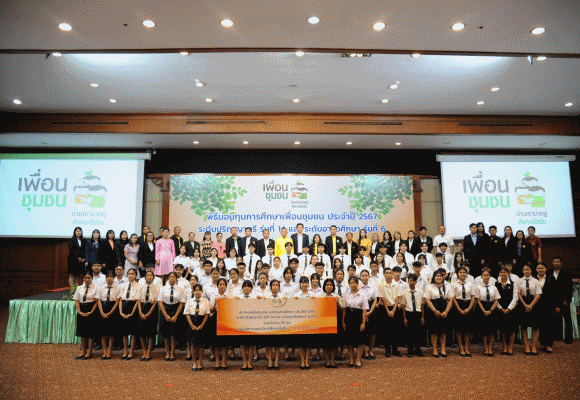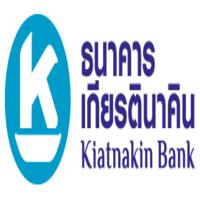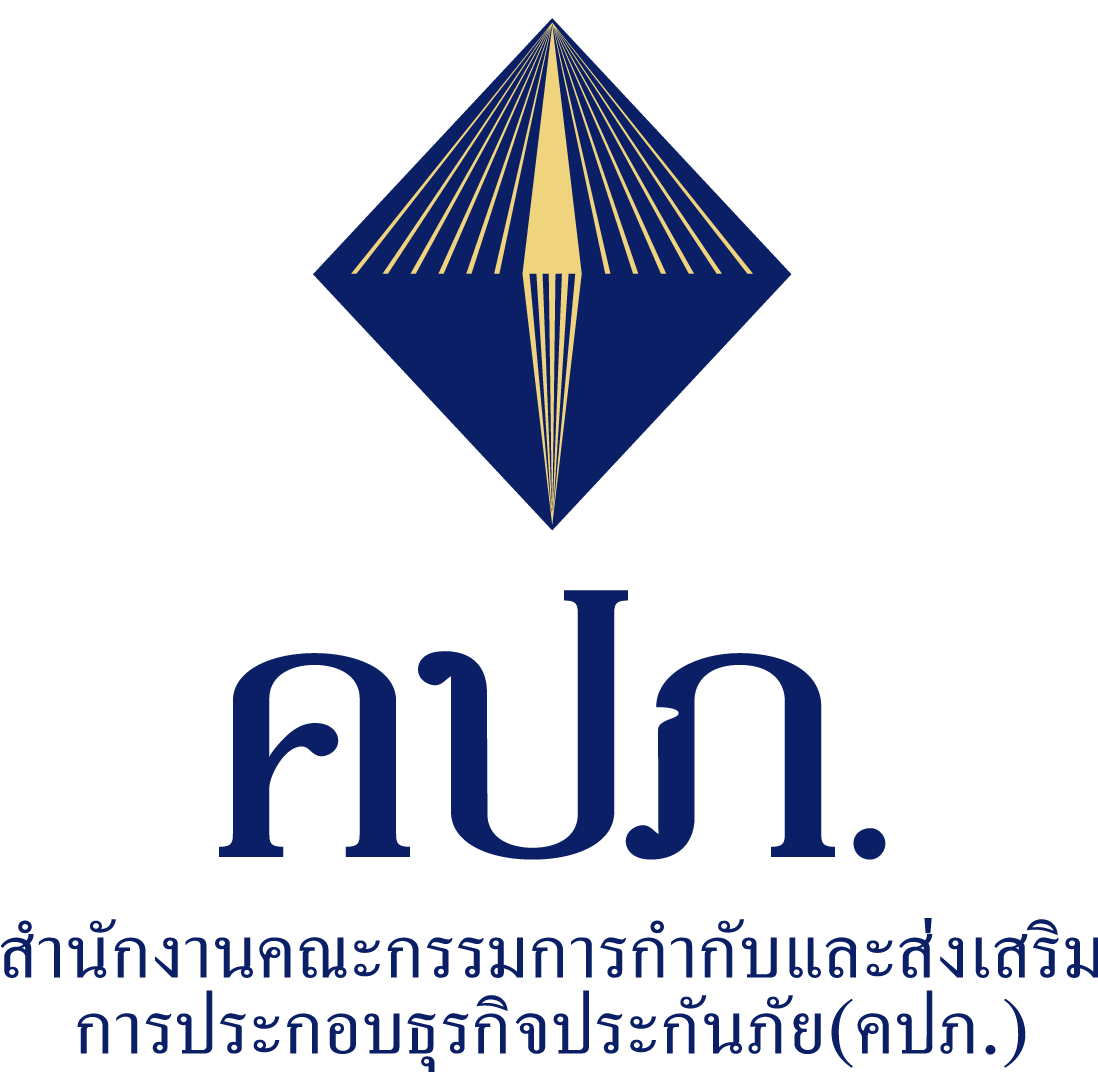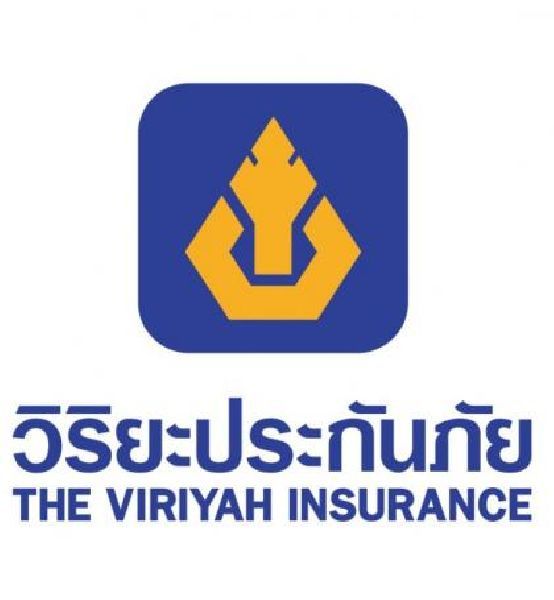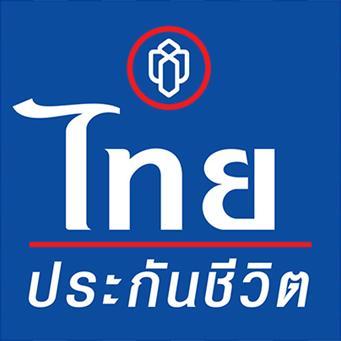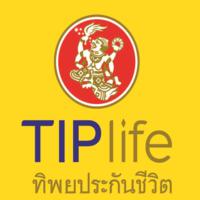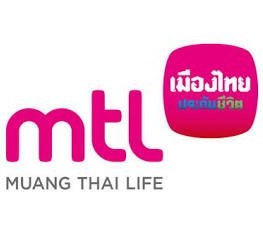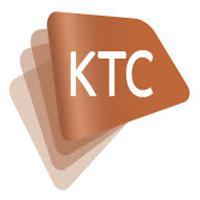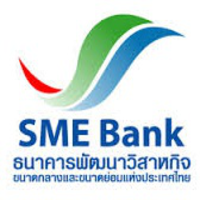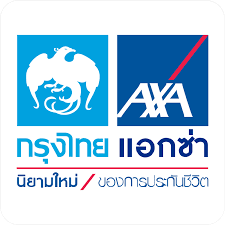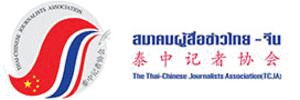- Details
- Category: บทความทั่วไป
- Published: Thursday, 23 March 2017 12:29
- Hits: 6077
 สงครามเรตติ้งชิงเงินโฆษณา
สงครามเรตติ้งชิงเงินโฆษณา
Highlight
แม้ว่าเม็ดเงินโฆษณาทีวีจะมีแนวโน้มโตต่อ แต่ช่องทีวีต่างๆ กลับเผชิญกับศึกหนักรอบด้าน ไม่ว่าจะเป็นการแข่งขันที่ทวีความรุนแรงมากยิ่งขึ้น ตลอดจนการพัฒนาคอนเทนต์ใหม่ๆ ให้โดนใจคนดู เนื่องจากคอนเทนต์แบบเดิม เช่น ละครหลังข่าวเริ่มเสื่อมความนิยม
อีไอซีแนะช่องทีวี เปลี่ยนแนวคิดในการสร้างคอนเทนต์ เช่น นำเอาเทคโนโลยีมาวิเคราะห์พฤติกรรมการรับชม เพื่อผลิตรายการให้โดนใจคนดู ซึ่งจะช่วยเพิ่มศักยภาพให้แก่ช่องทีวีไทยและทำให้อุตสาหกรรมทีวีสามารถอยู่รอดได้ในระยะยาว
แม้ว่าสื่อดิจิทัลจะทวีความร้อนแรงในช่วงหลายปีที่ผ่านมา แต่อีไอซีมองว่าทีวีจะยังคงไม่ได้รับผลกระทบจากสื่อดิจิทัลไปอีกอย่างน้อย 3-4 ปี เนื่องจากทีวีสามารถเข้าถึงกลุ่มเป้าหมายในวงกว้างกว่าสื่อดิจิทัล ประกอบกับสื่อดิจิทัลยังมีข้อจำกัดในหลายๆ ด้าน ไม่ว่าจะเป็นการวัดผลและประสิทธิภาพของโฆษณา การปั่นยอดเข้าชมโฆษณา (ad fraud) ตลอดจนการกดข้ามโฆษณาก่อนชมวิดีโอ ทำให้บริษัทและเอเจนซี่โฆษณาบางแห่งลังเลที่จะทุ่มเงินโฆษณาลงสื่อดิจิทัลเพียงสื่อเดียว
ทั้งนี้ จากกรณีศึกษาของประเทศพัฒนาแล้วที่ดูฟรีทีวีเป็นหลักเช่นเดียวกับไทย เช่น ฝรั่งเศส และอิตาลี ต่างพบว่าทีวียังคงครองเม็ดเงินโฆษณาสูงสุด และไม่ได้มีสัดส่วนที่ลดลงเลยแม้แต่น้อย ซึ่งเป็นไปในทิศทางเดียวกันกับไทย ส่วนสื่อที่ได้รับผลกระทบจากสื่อดิจิทัลโดยตรงกลับเป็นสื่อสิ่งพิมพ์และวิทยุ ที่มีสัดส่วนของเม็ดเงินโฆษณาลดลงราวปีละ 2-3% สะท้อนให้เห็นว่าทีวีจะยังไม่ได้รับผลกระทบจากสื่อดิจิทัลในระยะสั้น โดยอีไอซีประเมินว่ากว่าสื่อดิจิทัลจะเข้ามาแย่งชิงค่าโฆษณาจากทีวีได้ อาจต้องใช้ระยะเวลานานถึง 3-4 ปี เลยทีเดียว
อย่างไรก็ดี แม้ว่า เม็ดเงินโฆษณาทีวีจะยังโตต่อ แต่รายได้และผลกำไรของช่องทีวีกลับมีการเติบโตที่สวนทาง เนื่องมาจากการแข่งขันที่รุนแรง นับตั้งแต่การก้าวเข้ามาของดิจิทัลทีวี ทำให้ทีวีทุกช่องต่างเร่งลงทุนด้านคอนเทนต์เพื่อแย่งชิงคนดูให้ได้มากที่สุด เช่น การซื้อลิขสิทธิ์รายการกีฬาดังและซีรีย์จากต่างประเทศ ส่งผลให้ต้นทุนเฉลี่ยในปี 2015 พุ่งขึ้นกว่า 70% จากปีก่อนหน้า ในทางกลับกัน เม็ดเงินโฆษณาที่ช่องทีวีส่วนใหญ่ได้รับกลับไม่สูงอย่างที่คาด โดยช่องทีวีรายใหม่สามารถดึงเม็ดเงินโฆษณามาได้เพียงช่องละ 0.3-7% ของงบโฆษณาทั้งหมด เนื่องจากรายการยังไม่ได้รับความนิยมจากคนดูในวงกว้าง ในขณะที่ช่องทีวีรายเดิมก็ถูกแย่งฐานคนดูไปบางส่วน จึงไม่สามารถคว้าเม็ดเงินโฆษณาได้มากอย่างเคย ส่งผลให้ในภาพรวม ช่องทีวีกว่า 2 ใน 3 ต้องเผชิญกับภาวะขาดทุน ซึ่งอีไอซีมองว่าช่องทีวีบางรายอาจต้องใช้เวลามากกว่า 5 ปีถึงจะพลิกฟื้นกลับมามีกำไรได้
ยิ่งไปกว่านั้น ช่องทีวียังต้องเผชิญกับความท้าทายใหม่ๆ ไม่ว่าจะเป็นเรื่องของการพัฒนาคอนเทนต์ให้โดนใจคนรุ่นใหม่ ในช่วงหลายปีที่ผ่านมา รายการที่กวาดเรตติ้งและเม็ดเงินโฆษณาได้สูงสุดมักเป็นละครฟอร์มยักษ์ที่มีพระนางแม่เหล็กยกตัวอย่าง ละครช่อง 3 เรื่องนาคีที่ทำเรตติ้งตอนจบได้สูงถึง 17.3 หรือคิดเป็นยอดคนดูมากถึง 11.5 ล้านคน อย่างไรก็ตาม ตั้งแต่ช่วงต้นปีที่ผ่านมา ละครกลับมียอดคนดูน้อยลงอย่างเห็นได้ชัด แม้จะได้ดาราแนวหน้ามาแสดงก็ตาม ไม่ว่าจะเป็นละครเรื่องคลื่นชีวิตที่ออกอากาศทางช่อง 3 หรือละครเพลิงพระนางของทางช่อง 7 ซึ่งทำเรตติ้งได้เพียงประมาณ 7-8 เท่านั้น ชี้ให้เห็นว่าช่องทีวีไม่สามารถใช้สูตรสำเร็จแบบเดิมๆ เพื่อมัดใจคนดูได้อีกต่อไป
ในขณะที่ละครเริ่มซาความนิยมลง รายการเกมโชว์และมิวสิคโชว์อย่าง The Mask Singer ที่ช่องเวิร์คพอยท์นำมาออกอากาศช่วง super prime time (20.00-22.00 น.) กลับเรียกเรตติ้งได้อย่างท่วมท้นถึง 10.93[1] อีกทั้งยังครองใจคนดูทุกเพศทุกวัย โดยเฉพาะกลุ่มวัยรุ่น (10-19 ปี) และวัยทำงาน (30-49 ปี) ซึ่งถือเป็นจุดแข็งที่เหนือกลุ่มคนดูละครของช่องคู่แข่งอย่างเห็นได้ชัด เนื่องจากคนดูละครส่วนใหญ่มักกระจุกตัวอยู่เฉพาะคนวัย 40 ปีขึ้นไปเท่านั้น โดยเบื้องหลังความสำเร็จที่ปั้นให้รายการนี้ขึ้นมาแซงหน้าละครหลังข่าวได้เป็นเพราะ “ความแปลกใหม่” ที่สอดแทรกอารมณ์ขันลงไปในรายการ อีกทั้งยังเล่นกับความอยากรู้อยากเห็นของผู้ชมว่าใครคือนักร้องที่กำลังโชว์พลังเสียงอยู่ภายใต้หน้ากาก จนกลายเป็นกระแสปากต่อปากบนโลกออนไลน์และเรียกความสนใจจากผู้ชมรุ่นใหม่ได้ สะท้อนจากรายการตอนแรกใน YouTube ที่มีการแชร์กันต่อมากกว่า 3 หมื่นครั้ง และมียอดเข้าชมรวมสูงถึง 15 ล้านครั้ง แม้ว่ารายการจะออกอากาศไปแล้วกว่า 5 เดือนก็ตาม
ทั้งนี้ เมื่อเหลียวมองพฤติกรรมการรับชมทีวีในต่างประเทศก็พบว่าแนวโน้มการรับชมรายการทีวีก็เริ่มเปลี่ยนไปเช่นกัน ยกตัวอย่าง ในฝรั่งเศส รายการที่สร้างสีสันและคว้าใจผู้ชมคนดูได้สูงสุดในปี 2016 เป็นรายการคอนเสิร์ต Les Enfoirés และรายการตลกเสียดสีอย่าง C’est Canteloup แซงหน้าละครที่เคยได้รับความนิยมในอดีต หรือในสหรัฐฯ รายการประกวดความสามารถ เช่น The Voice และ America’s Got Talent ก็สามารถก้าวขึ้นมาเป็น 1 ใน 20 รายการที่ได้รับความนิยมสูงสุดในปี 2016 เช่นกัน อีกทั้งยังมีเรตติ้งเหนือซีรีย์ชื่อดังอย่าง Criminal Minds หรือ NCIS อีกด้วย
นอกจากนี้ การสร้างปฏิสัมพันธ์กับคนดู ในยุคสมาร์ทโฟนและแท็บเล็ตครองเมือง ก็เป็นอีกหนึ่งความท้าทายที่ช่องทีวีกำลังเผชิญ จากการสำรวจของ Millward Brown บริษัทวิจัยตลาดชั้นนำ พบว่าคนไทยกว่า 70% รับชมทีวีควบคู่ไปกับการใช้สมาร์ทโฟน แท็บเล็ต และคอมพิวเตอร์ สะท้อนให้เห็นว่าคนดูยุคใหม่มีแนวโน้มจดจ่อกับการดูทีวีน้อยลงกว่าในอดีต ส่งผลให้ช่องทีวีมีความจำเป็นต้องพัฒนากลยุทธ์ใหม่ๆ เพื่อเสริมสร้างประสบการณ์ในการรับชมทีวี และดึงดูดให้คนดูติดตามชมรายการตลอดเวลา โดยในต่างประเทศ ทีวีหลายช่องเริ่มพัฒนาแอพพลิเคชั่นบนมือถือเพื่อต่อยอดประสบการณ์การรับชมทีวี เช่น แอพ CNN และแอพ BCC iPlayer ที่นอกจากจะมีรายการสดและรายการย้อนหลังให้รับชมเหมือนแอพดูทีวีทั่วไปแล้ว ยังมีเกม โพล และข้อมูลเพิ่มเติมเกี่ยวกับรายการ ณ ขณะนั้น เพื่อสร้างความรู้สึกร่วมให้แก่ผู้ชม และกระตุ้นให้ผู้ชมอยากดูรายการเหล่านั้นต่อ
Implication
อีไอซีแนะช่องทีวีเปลี่ยนวิธีคิดในการสร้างคอนเทนต์ เพื่อตอบโจทย์ไลฟ์สไตล์ของคนดูที่เปลี่ยนไป เช่น 1) นำเทคโนโลยีการวิเคราะห์ข้อมูลขนาดใหญ่ (big data) มาใช้วิเคราะห์พฤติกรรมการรับชมทีวีของผู้ชม เพื่อผลิตเนื้อหาใหม่ๆ ให้สอดคล้องกับความต้องการของคนดู และ 2) ซื้อฟอร์แมทรายการต่างชาติที่ประสบความสำเร็จ และนำมาประยุกต์กับบริบทของไทยเพื่อให้ถูกจริตและตรงตามไลฟ์สไตล์ของผู้ชมชาวไทย อย่างไรก็ดี ช่องทีวีจะต้องคำนึงถึงความคุ้มค่าของค่าลิขสิทธิ์ร่วมด้วย เพื่อให้ธุรกิจสามารถอยู่รอดได้ในระยะยาว
ช่องทีวีควรร่วมมือกับผู้ประกอบการด้านซอฟต์แวร์ นำเทคโนโลยีใหม่ๆ มาใช้กับแอพพลิเคชั่นบนสมาร์ทโฟนและแท็บเล็ต เพื่อยกระดับประสบการณ์ในการรับชมทีวี ยกตัวอย่างเช่น นำเอาเทคโนโลยีสมัยใหม่ อาทิ Artificial Intelligence (AI) มาใช้กับแอพพลิเคชั่นบนมือถือ เพื่อพูดคุย โต้ตอบ ให้ข้อมูล ตลอดจนแนะนำรายการอื่นๆ ระหว่างรับชมทีวี ซึ่งนอกจากจะทำให้ผู้ชมรู้สึกเป็นส่วนหนึ่งของรายการทีวีแล้ว ยังเป็นการสร้างแรงจูงใจในการรับชมรายการอื่นๆ อีกด้วย
ในระยะยาว อีไอซีมองว่าอุตสาหกรรมทีวีไทยมีแนวโน้มควบรวมกิจการ (M&A) ระหว่างกันมากขึ้น เพื่อเสริมสร้างความแข็งแกร่งด้านคอนเทนต์ ในลักษณะเดียวกับการ M&A ในต่างประเทศ โดยในช่วง 5 ปีที่ผ่านมา มูลค่าการควบรวมกิจการของธุรกิจสื่อทั่วโลกเติบโตแบบก้าวกระโดดกว่า 37% ต่อปี เช่น Comcast ผู้ให้บริการเคเบิลทีวีรายใหญ่ เข้าซื้อกิจการบริษัทผลิตแอนิเมชั่นอย่าง Dreamworks และ AT&T ผู้ให้บริการมือถือและทีวีแบบบอกรับสมาชิก เข้าซื้อกิจการบริษัทผลิตสื่อยักษ์ใหญ่อย่าง Time Warner ซึ่งการควบรวมในลักษณะดังกล่าว มีแนวโน้มเกิดมากขึ้นในอนาคต เพื่อเพิ่มศักยภาพของธุรกิจและขยายฐานคนดูให้เพิ่มมากขึ้น
[1] เรตติ้ง ณ วันที่ 16 มีนาคม 2016
The fight for TV ratings and battle for ad money
Highlight
Although TV ad spending continues to grow, TV channels still face threats from every direction, whether it be stiffer competition among channels or the challenges of creating new content to match changes in viewers’ tastes, which are moving away from previously popular content like drama series.
EIC suggests TV channels change their content strategies. For example, adopt big data analytics to analyze consumer behavior in order to tailor their content to meet viewer demand. Changes are needed in order to increase their business capabilities and for the survival of the Thai TV industry in the long run.
EIC believes TV ad spending will not be affected by digital media for at least 3-4 years despite the digital media’s explosive growth over the past several years. This is because TV reaches a wider audience, while digital media still faces a number of limitations, including difficulties with measuring advertising effectiveness, ad-skipping, and fabricated advertising traffic. Some companies and advertising agencies therefore hesitate to pour all their ad budgets solely into digital media.
Case studies from France and Italy, where consumers mainly watch free TV similarly to Thailand, show that TV continues to attract the most ad spending without losing its share of the ad market. The media most affected by the newcomers are actually print and radio, facing 2-3% declines in ad revenue per year. In the short term, TV seems able to survive the rise of digital media. EIC estimates that it will take about 3-4 more years until the digital media can take ad spending out of TV.
Although TV ad spending continues to grow, TV channels’ revenues and profits have plunged as a result of fierce competition in the TV market. Since digital TV has stepped into the game, all TV channels were quick to invest in developing their content to attract as many viewers as they can. This includes buying expensive rights to famous foreign sports shows and TV series. Average costs in 2015 then soared 70% compared to the previous year. However, ad spending flowing into TV channels was not as high as expected. New digital TV channels only gained 0.3-7% of all TV ad budgets per channel since they were not yet widely known. Meanwhile incumbent TV channels faced decreasing shares of ad revenue due to some viewer losses. Overall, two out of three TV channels suffered a loss of profits. EIC sees some channels taking more than five years to return to profitability.
Moreover, TV channels are facing new challenges, including developing content for new generations of audiences. In the past, the TV programs that captured the largest audience shares as well as ad spending were usually star-packed drama series. The finale of the drama series Nakee (Queen of Nagas: นาคี) drew a 17.3 rating or 11.5 million viewers. However, since the beginning of 2017, drama series captured significantly fewer viewers despite having star-studded casts. Kleun Cheewit (Waves of Life: คลื่นชีวิต) and Pleung Pra Nang (Lady’s Inferno: เพลิงพระนาง) could only hold about a 7 rating. The recent ratings show that TV channels can no longer rely on the old TV formulas to capture viewers of all age groups.
In fact, the super prime time (8-10 pm) TV program with the highest ratings in the past three months turned out to be a singing competition show. The Mask Singer has a 10.93[1] rating, securing viewers of all ages, especially teenagers (10-19 years old) and working-age people (30-49 years old). The show’s wide-reaching appeal looms over drama series whose audiences are concentrated in the 40+ demographic. Its success lies in the novelty of mixing humor seamlessly into a singing competition while also flirting with the audience’s curiosity about the identities of the singers under the masks. It has stirred up online buzz and attracted the attention of younger viewers. The first episode on YouTube was shared 30,000 times and received 15 million views despite having been on the air for five months.
When glancing at cases in developed countries we can also see a shift in content consumption. In France, the concert show Les Enfoirés and the satiric comedy show C’est Canteloup had the highest ratings in 2016, outperforming drama series, the past power players. In the US, talent shows like The Voice and America’s Got Talent broke into the top 20 most popular shows of 2016 with higher ratings than famous drama series like Criminal Minds and NCIS.
Another challenge for TV stations is creating audience interaction in an era where smartphones and tablets rule. A survey from leading market research firm Millward Brown shows that 70% of Thais use smartphones, tablets, and computers while watching TV, revealing that consumers are less captive to television sets than before. TV channels are thus compelled to develop new strategies to enhance viewer experiences and hold their attention for the entire length of a program. In other countries, many TV channels have developed mobile applications as interactive “companions” to supplement the TV viewing experience. For instance, CNN and BBC iPlayer applications not only allow users to watch live shows as well as on-demand content similar to a typical TV app, but also feature games, polls, and additional content information to further engage viewers and keep them watching.
Implication
EIC recommends TV channels think outside the box when producing content in order to meet changing viewer lifestyles. For example, (1) TV channels could use Big Data to analyze TV-viewing behavior in order to design their content to target changing demand, and (2) they could buy the formats of successful foreign TV shows and create tailored versions to fit the Thai context and Thai viewers’ lifestyles. In considering show formats, Thai channels should nevertheless weigh copyright fees against their financial standings to ensure their long-term survival.
TV channels should collaborate with software developers to create new features on their mobile applications to enhance the TV viewing experience. For example, artificial intelligence (AI) could be incorporated into an app to interact with viewers as well as give them information and suggestions on what to watch next. This would not only make viewers feel like they are a part of the TV program, but it would also help direct them to the channel’s other content.
In the long run, EIC predicts more M&A deals within Thai TV industry to strengthen their content production, similar to the M&As we have seen in other countries. In the past five years, the value of media company mergers and acquisitions worldwide jumped 37% annually. For example, cable conglomerate Comcast bought animation company Dreamworks, and mobile operator AT&T acquired media giant Time Warner. EIC views these M&As more likely to happen in the future as companies look for ways to increase their ability to compete and expand their viewer base.
[1] Rating on 16 March 2017









